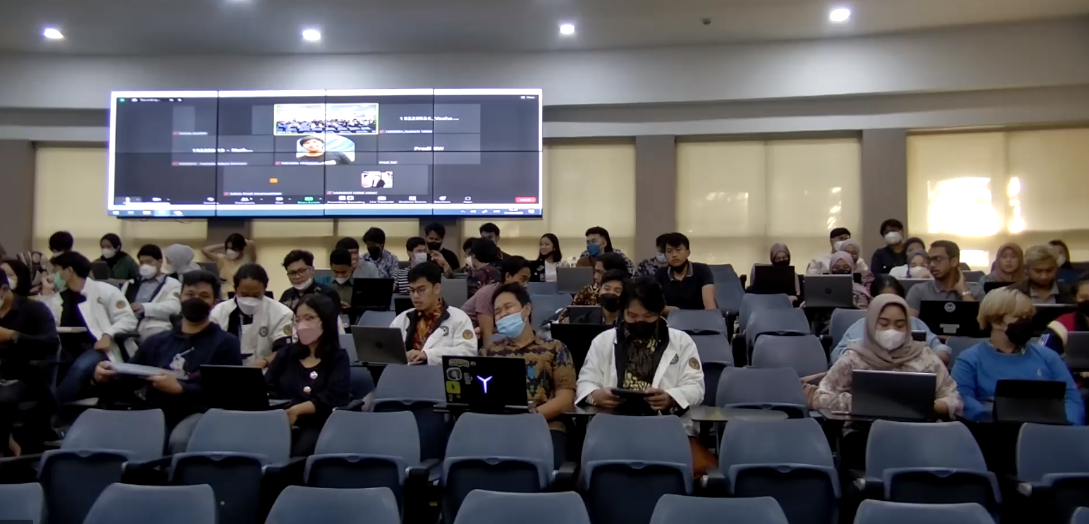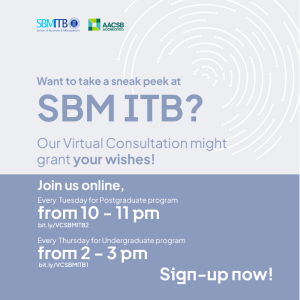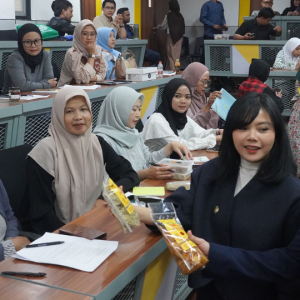ITB Entrepreneurship invited a guest lecturer to the Business Initiation course, Niki Nugraha Achmad, from Vaganza Digital, on Thursday (21/6/2022). Vaganza Digital provides digital solutions for various companies.
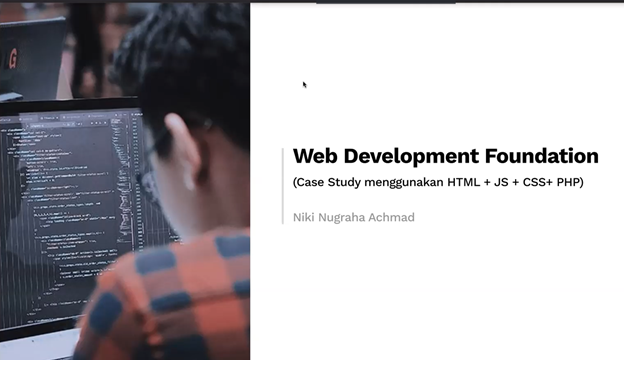 Niki studied the Social Anthropology program at the Universitas Padjajaran and had an MBA at Institut Teknologi Bandung. Niki is living proof that entrepreneurs in the digital field don’t necessarily need an information technology background. His cross-disciplinary work experiences and interest in information technology have supported him to become a digital entrepreneur.
Niki studied the Social Anthropology program at the Universitas Padjajaran and had an MBA at Institut Teknologi Bandung. Niki is living proof that entrepreneurs in the digital field don’t necessarily need an information technology background. His cross-disciplinary work experiences and interest in information technology have supported him to become a digital entrepreneur.
Niki presented Web Development Foundation describing the implementation of HTML, JS, CSS, and PHP implementation case studies. In practice, understanding web development does not only support information technology careers but also increase the competency value of business people. Therefore, Niki’s material is pertinent to the Business Initiation course. This lecture delivers basic knowledge about the Web Development Foundation and practical exercises.
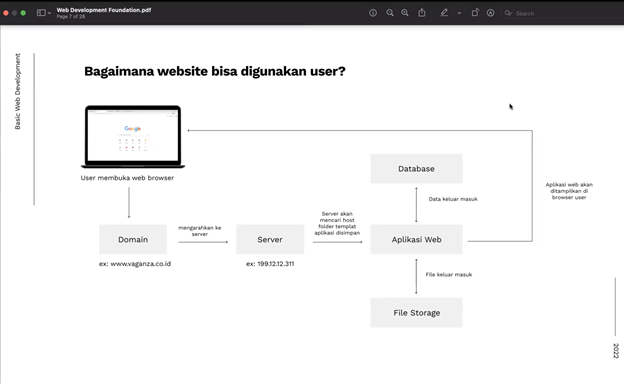
“Dynamic websites contain highly dynamic content. Developers or other users can add content to the dynamic website. Examples of dynamic websites are news websites, e-commerce, and marketplaces,” said Niki.
While static websites are static and cannot be updated via the front-end, for example company profile websites and landing pages.
Niki also explained the user’s steps in using the website and the steps for creating a website. To understand these steps, it is also necessary to understand the differences and roles of the front-end and back-end. In short, the front end handles layout views, user experience (UX), buttons, etc, while the front-end’s function is to make it easier for users. The back-end plays a role in handling the functions, data, and features of the website.
The elaboration continued with pertinent terms. Such as database, API (Application Programming Interface), server, local host, and GIT (free tools or control system). Niki also explained how computer programs work. The students were then introduced to common items in programming activities, such as variables, classes, functions, loops, and conditional statements. Web programming requires knowledge of HTML, CSS, back-end programming, and databases. The knowledge material was then closed with an introduction to the framework to facilitate and speed up web development work.
Furthermore, the lecture contained practical exercises for HTML, CSS, JS, and PHP. The purpose is to fulfill the students’ understanding of the basic knowledge of web development.

